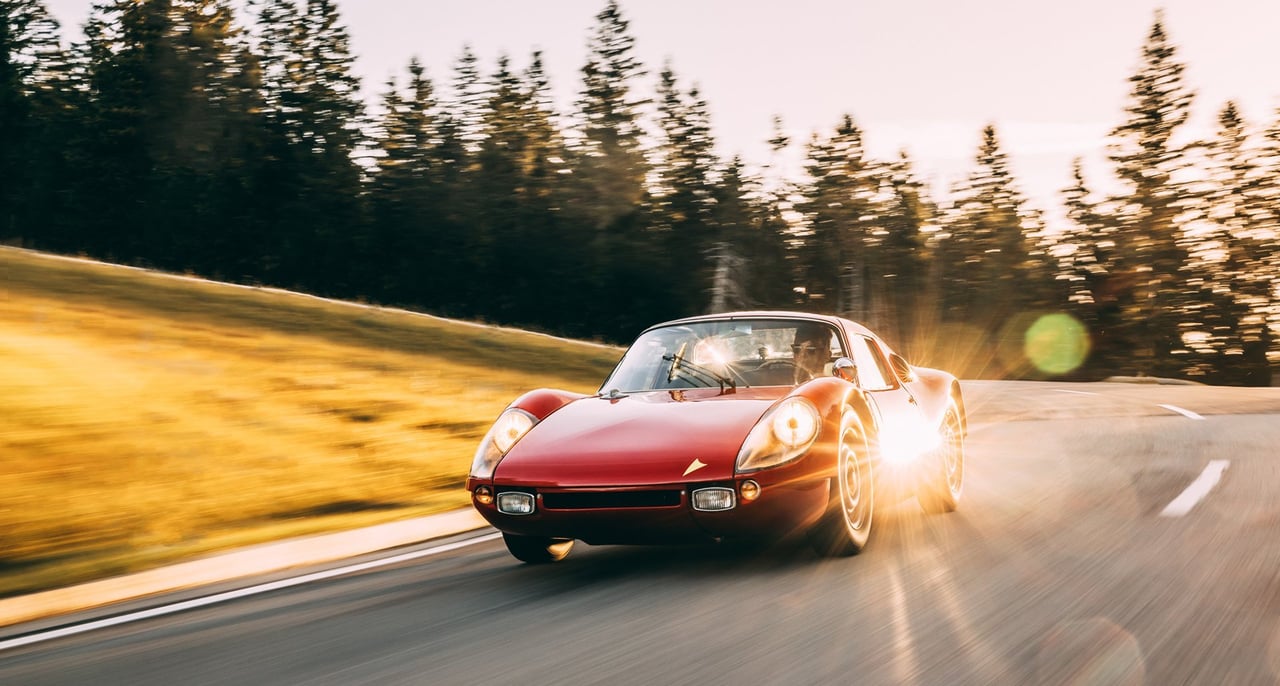
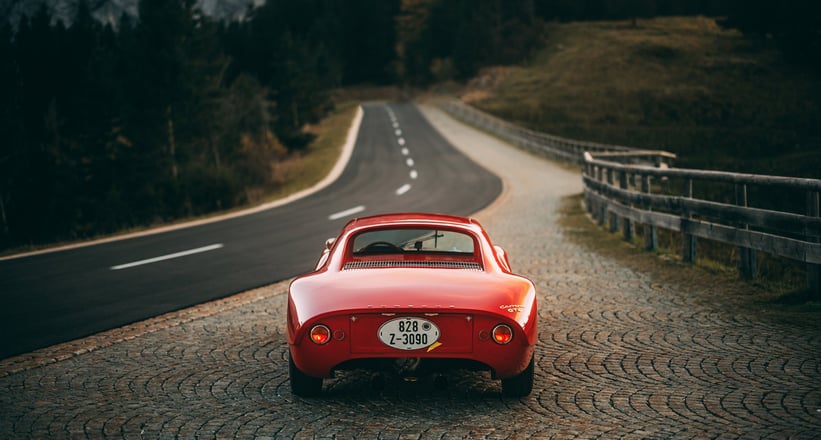
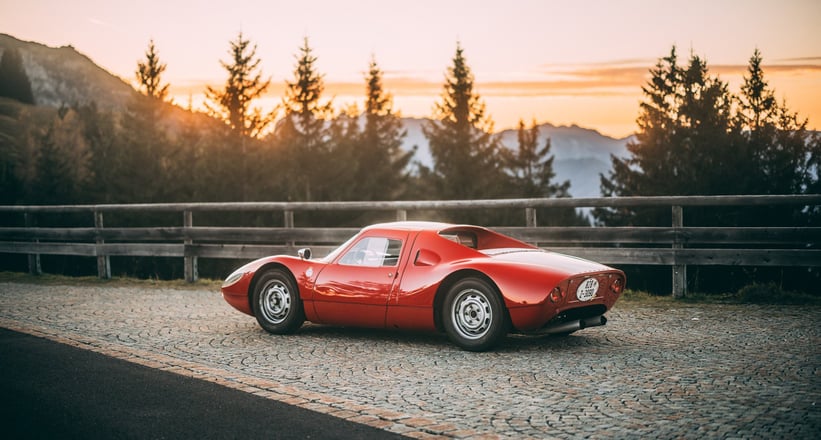
At the dawn of the 1960s, Porsche was in a tricky position. Their sports car, the 356, had been a smash hit, but was beginning to show its age after being in production for over a decade, and their Formula One efforts weren’t proving to be as fruitful as they had hoped. So, in 1961, Ferry Porsche decided to scrap their Formula One program and focus on their strengths: sports car racing and hillclimbs. However, to be competitive, they needed a completely new car, and one which would have to be accompanied by 100 road-going examples in order to comply with FIA GT class regulations. Thinking there wouldn’t be enough demand for a race car, Porsche designed their new track star so that it would naturally qualify as a road car. Despite their worries, they managed to surpass the 100 minimum units in sales, and thus the 904 was born, just in time for the 1964 season.
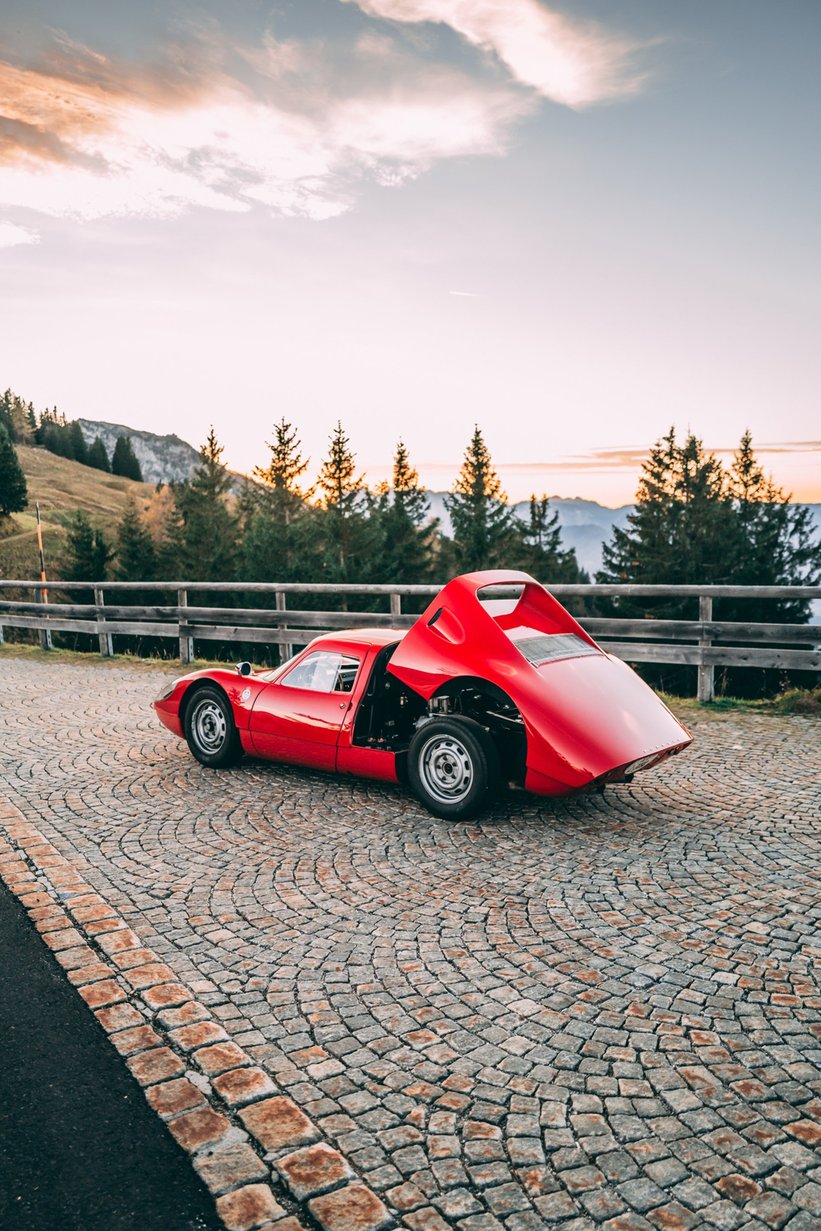
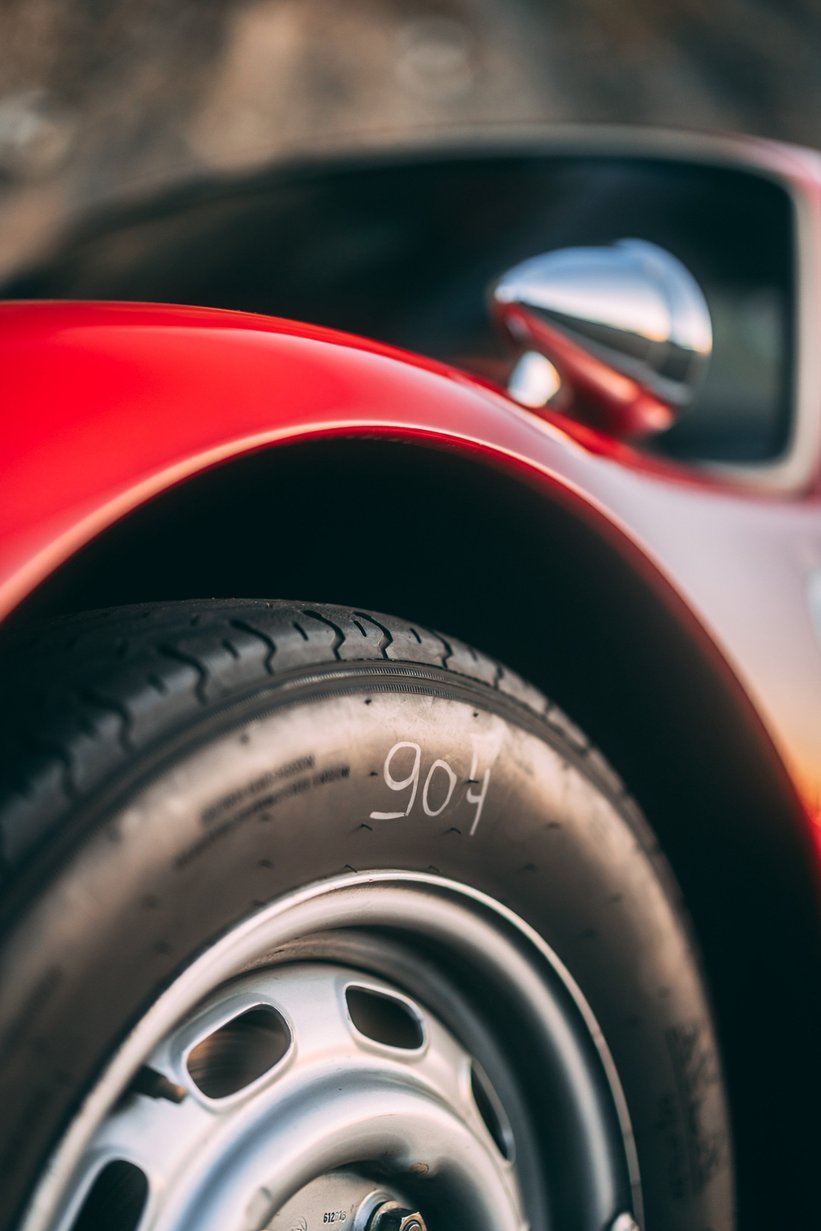
At least, it was only known as the 904 internally, while it was marketed as the Carrera GTS because Peugeot owned the rights to brand their road cars with a ‘0' in the middle of the name. This is also why Porsche had to rename their imminent 356 replacement, the 901, as the 911. Speaking of which, Porsche had their hearts set on using the 911’s flat-six in their shiny new race car, but due to delays, they needed a replacement. With the help of internal-combustion maestro, Hans Mezger, Porsche massaged their 4-cylinder 587/2 Fuhrmann engine into the 1,966cc 185 hp 587/3. At first glance, you might think this hamstrung the 904 from the start, but the 587/3 was a technical tour-de-force and was considered the most complex 4-cylinder engine made at the time.
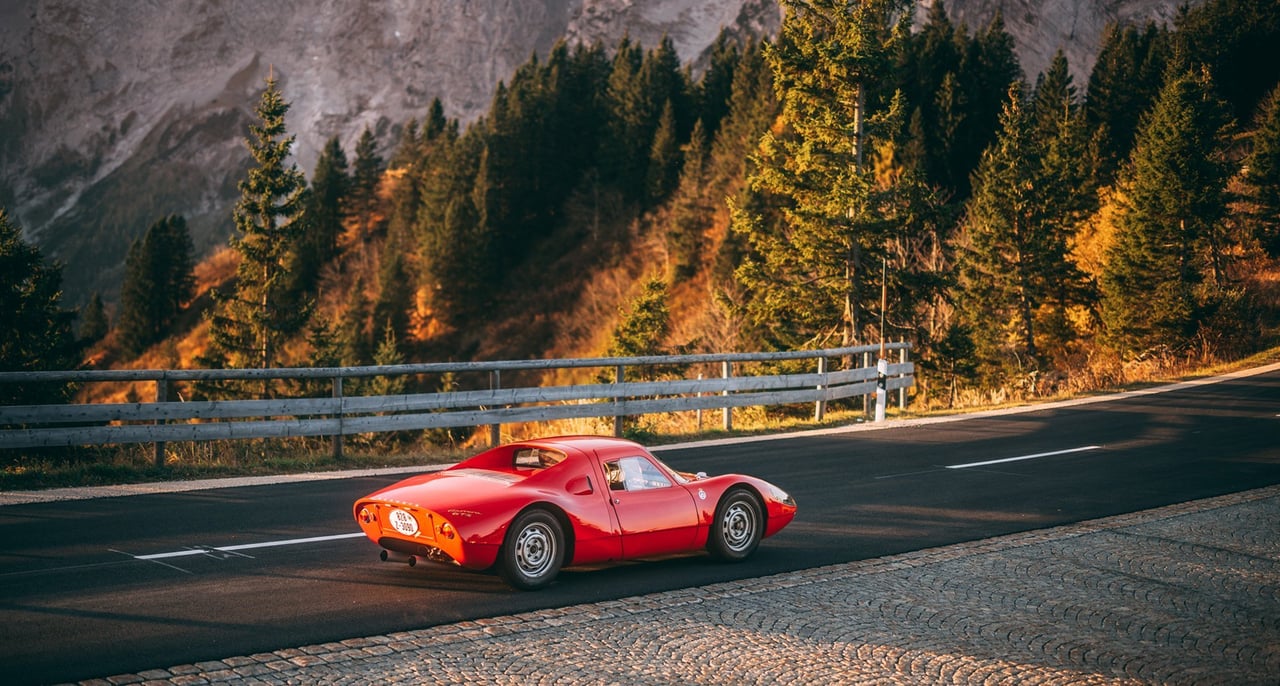
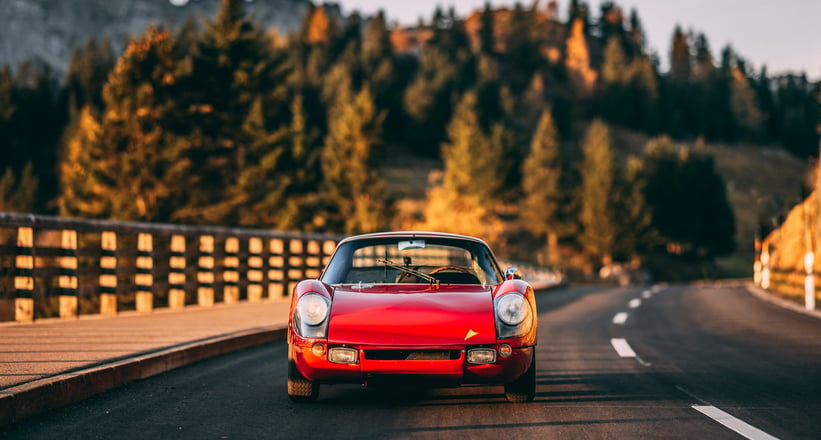
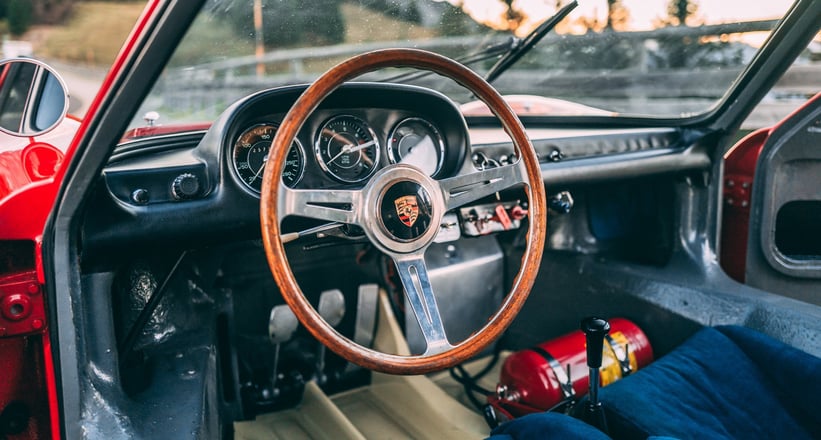
Now that they had their power plant, the 904 just needed a body, and inspiration came from an Englishman by the name of Colin Chapman, who was having great success in campaigning composite-bodied sports cars at the time. Aside from being lightweight, fibreglass had other advantages, namely that it was much less costly to develop. As for the design, that was handled by Ferry’s son, Ferdinand Alexander Porsche, aka Butzi. In fact, Butzi claimed the 904 was his absolute favourite project because he was able to design the entire car by himself without any negotiations or changes to his original vision.

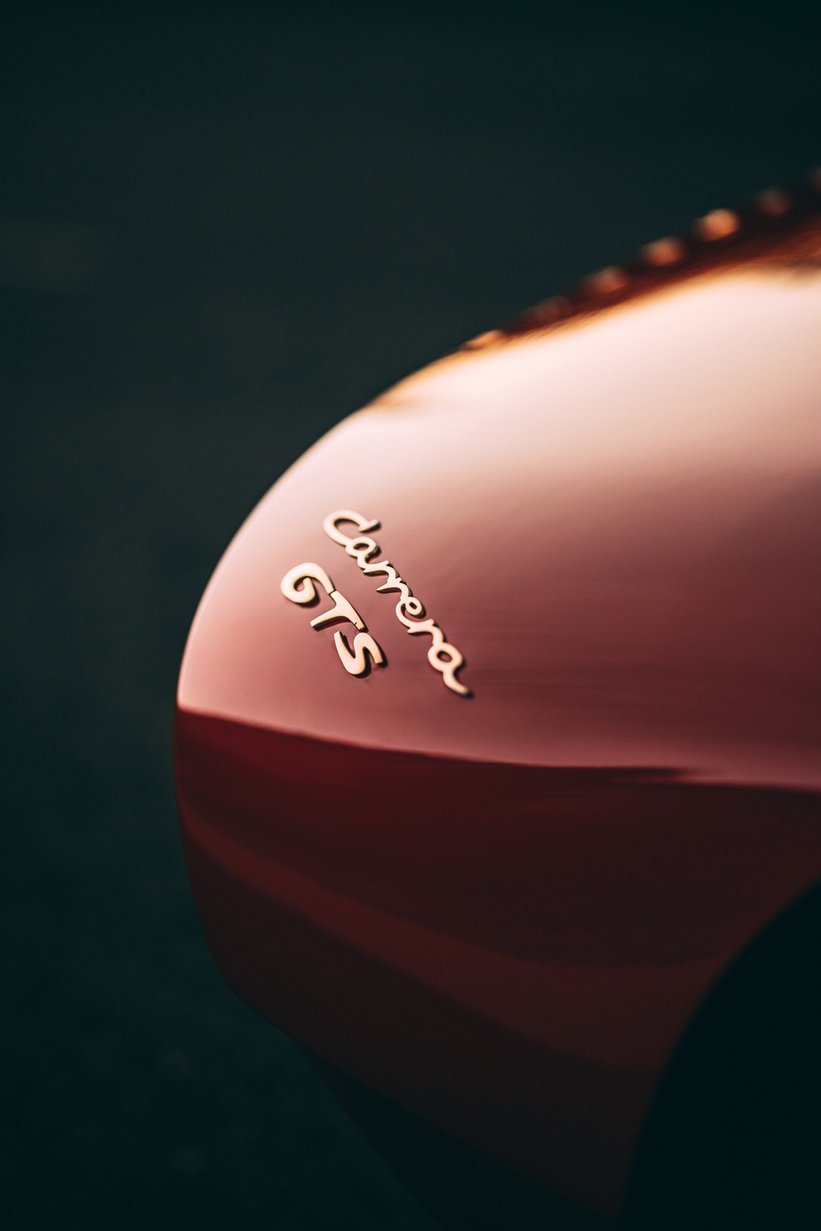
Much like today’s race cars, the 904 had fixed seats with an adjustable steering wheel and pedals, however, unlike modern race cars, it also had a trunk due to FIA homologation rules. Its 110L fuel tank was mounted at the front for better weight distribution. With its fibreglass body bonded around a steel ladder chassis, the 904 was a featherweight even for the time. In full race trim, it weighed a scant 655kg, making it a couple hundred kilos lighter than the Ferrari 250 GTOs and Shelby Cobras it competed against in the GT class. The 904 proved to be highly successful and won several races, most notably when two examples took first and second place as the 1964 Targa Florio, which brings us to this stunning 904.
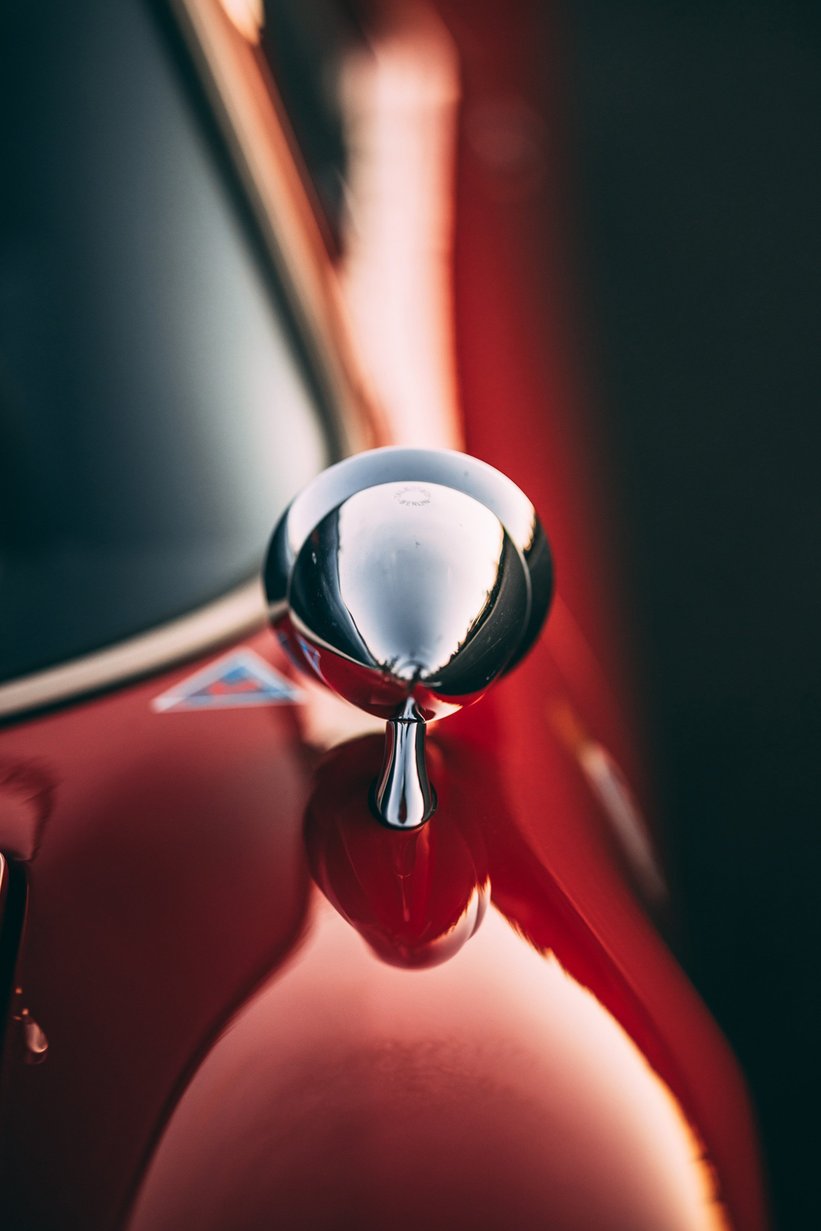
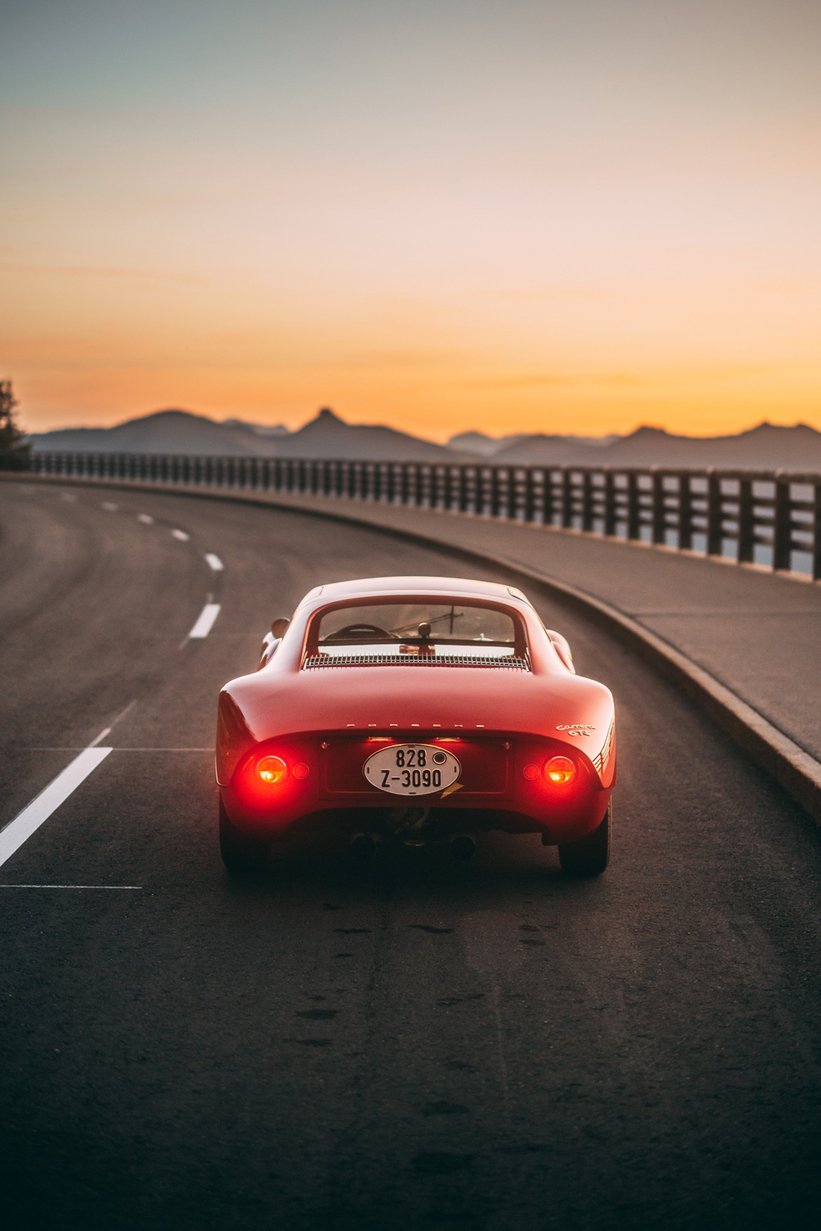
Chassis 904-057 was delivered to Spanish racing driver Juan Fernández in February 1964, finished in the captivating shade of Signal Red and with the rare blue velour seats you see here. Other factory options included a talbot side mirror, and the Nürburgring gearbox ratio. Mr Fernández, who was 34 at the time of delivery, had already proven himself to be quite the talent on track, regardless of whether he was racing on two wheels or four. With the innovative fibreglass-bodied race car in his hands, Fernández was a formidable force.
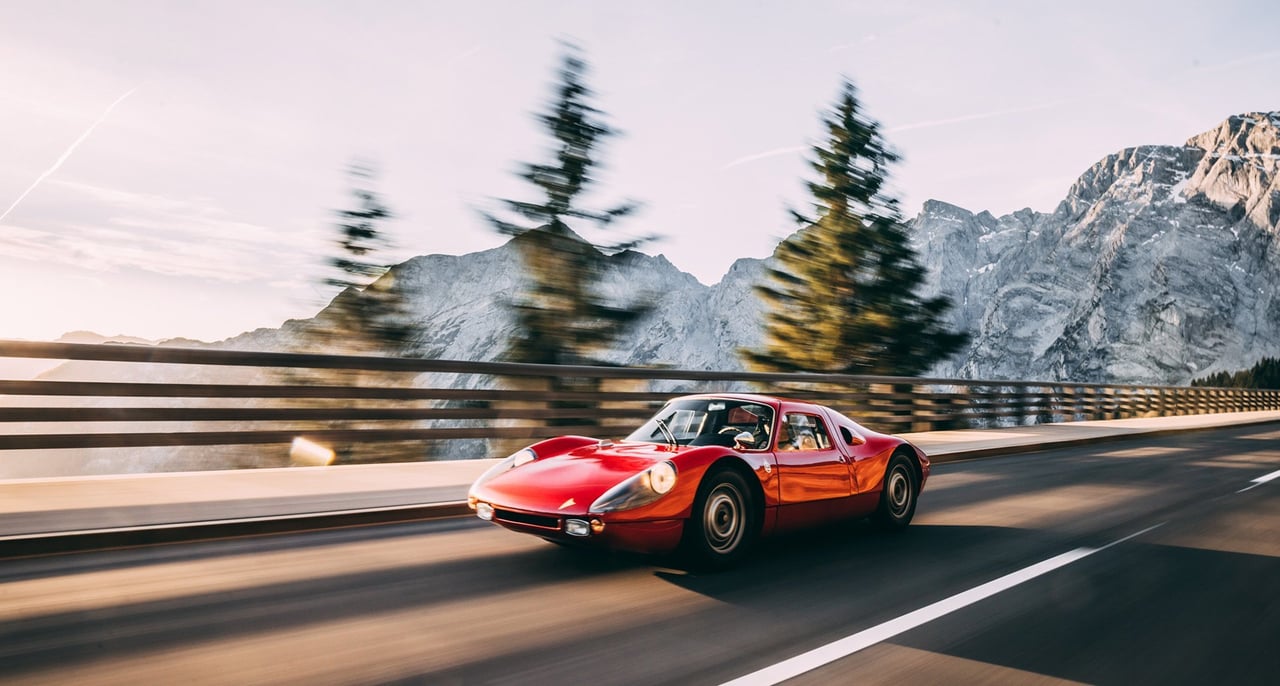
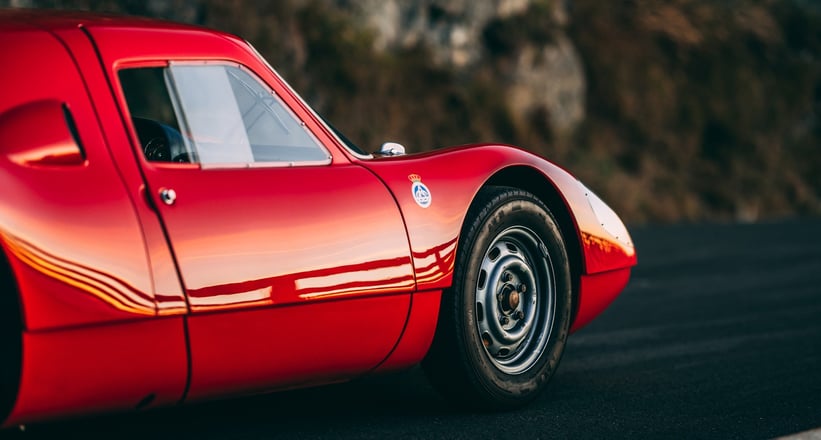
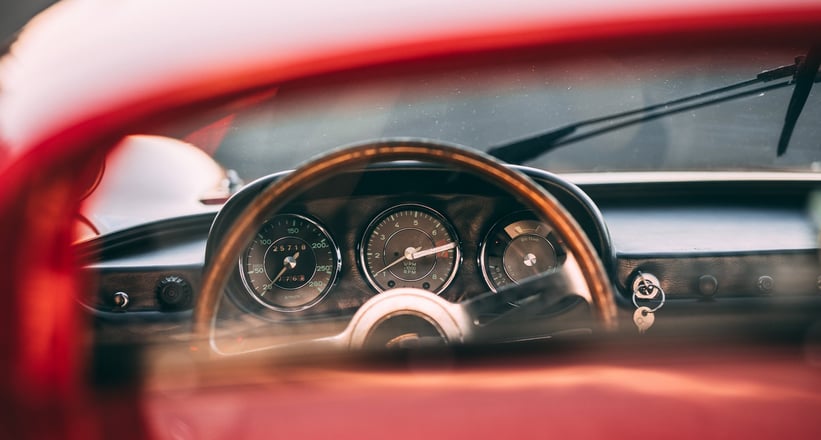
In this 904’s first race, Fernández won the 1964 Carrera Cuesta Mayolan, which was quickly followed by a 2nd overall finish and 1st in the GT class at Rallye Basco Novarro. It wasn’t long before Fernández and his 904 found more glory, with the pair winning 1st in the GT class at the Rallye R.A.C.E., an overall win at Carrera Cuesta De Montserrat, and a record-setting win at the Hillclimb Montseny, all of which counted towards the European championship. Amazingly, Fernández never suffered any serious accidents, mechanical issues, or disqualifications in his 904, and his success in the fibreglass sports car not only launched his international motorsport career, but also earned him the nickname, “El Rey de Las Montañas”, or “The King of the Mountains”.
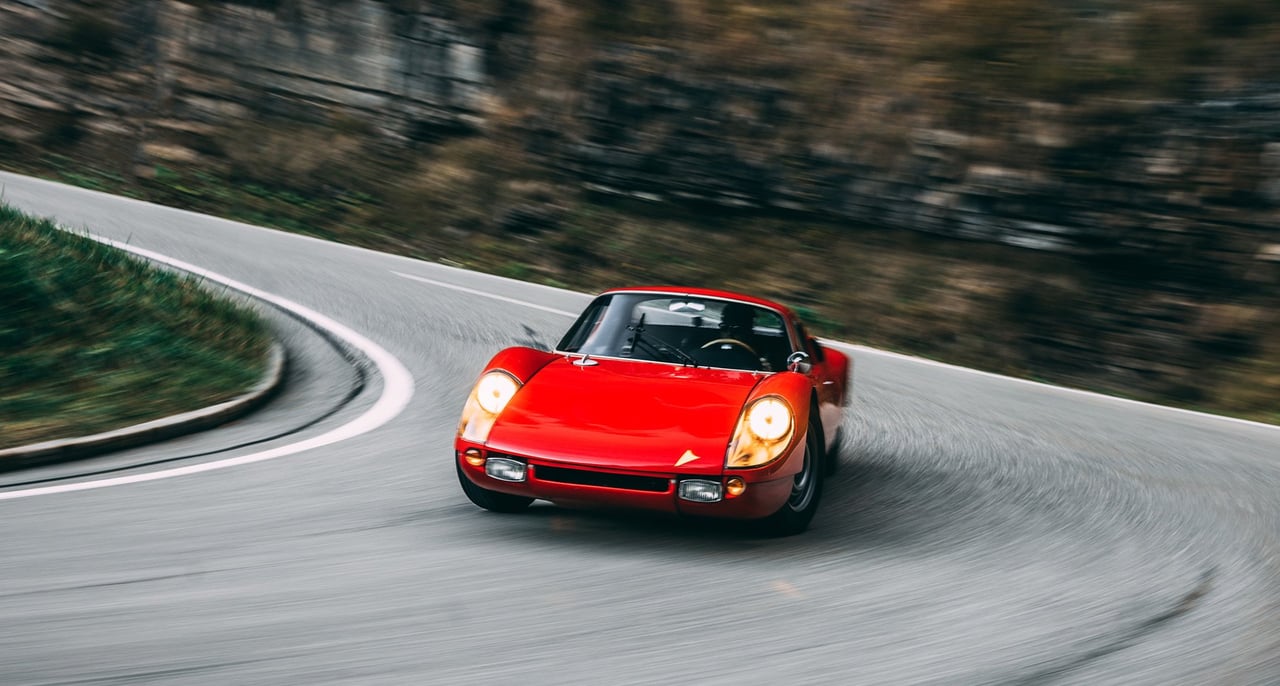
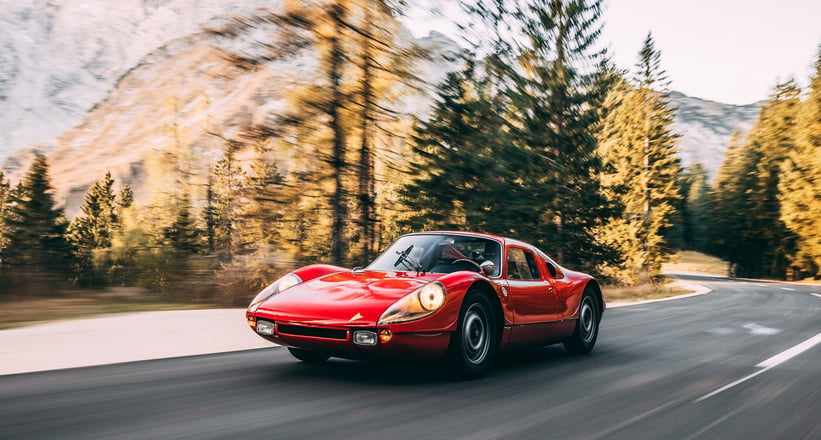
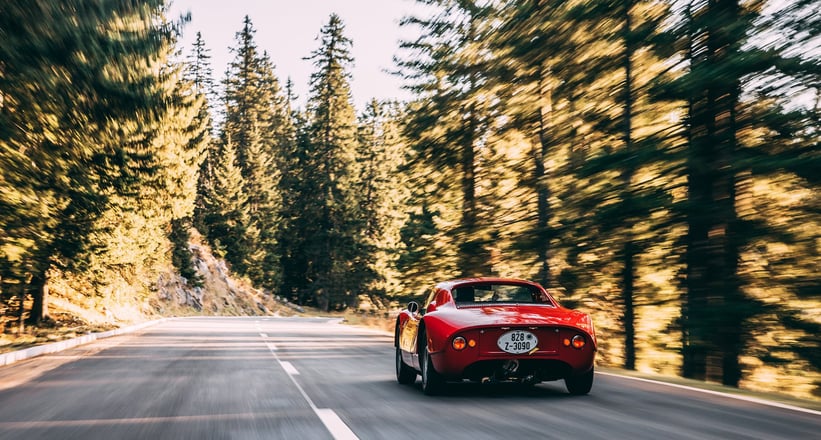
Following Fernandez’s ownership, the 904 returned to the factory in late 1965. Two years later, it entered the hands of a chemical engineer living in Virginia, who exported it to the US and repainted it in Bahama Yellow. This 904’s next owner came in 1971, when a US Navy Pilot and Porsche enthusiast by the name of Jonathan Wort purchased the car and refinished the bodywork in Silver with a Navy-themed dark blue hood and yellow stripe. In 1977, Mr. Wort sent the original engine to renowned four-cam specialist Jim Wellington of Rennsport Werke for a complete rebuild. As Mr. Wort was transferred from base to base for training, his 904 and a pair of motorcycles accompanied him on trailers. Eventually, Mr. Wort and his 904 reached Kingsville, Texas, where he entered the Porsche in a local autocross event in which the 10-year-old 904 decimated the competition. We can only imagine the disdain Mr. Wort’s rivals must have felt when he lined up in the low-slung race car.
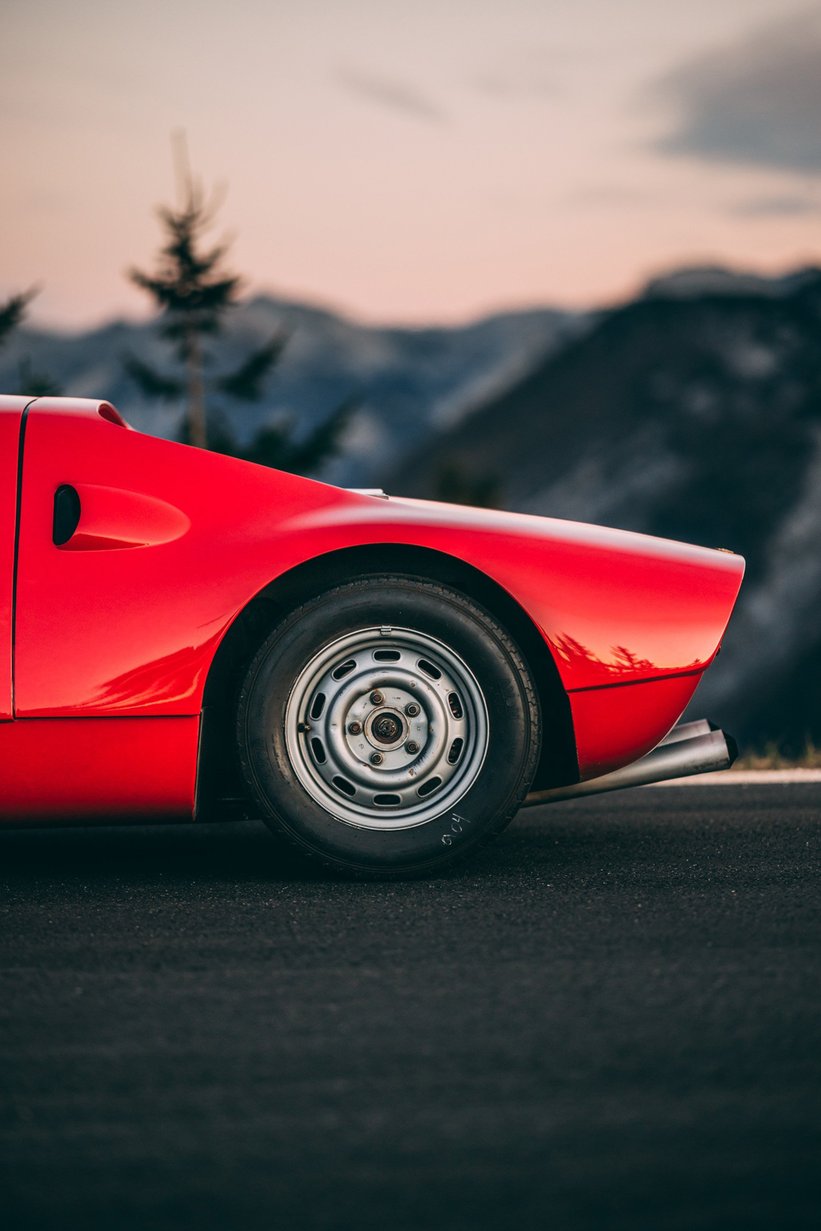
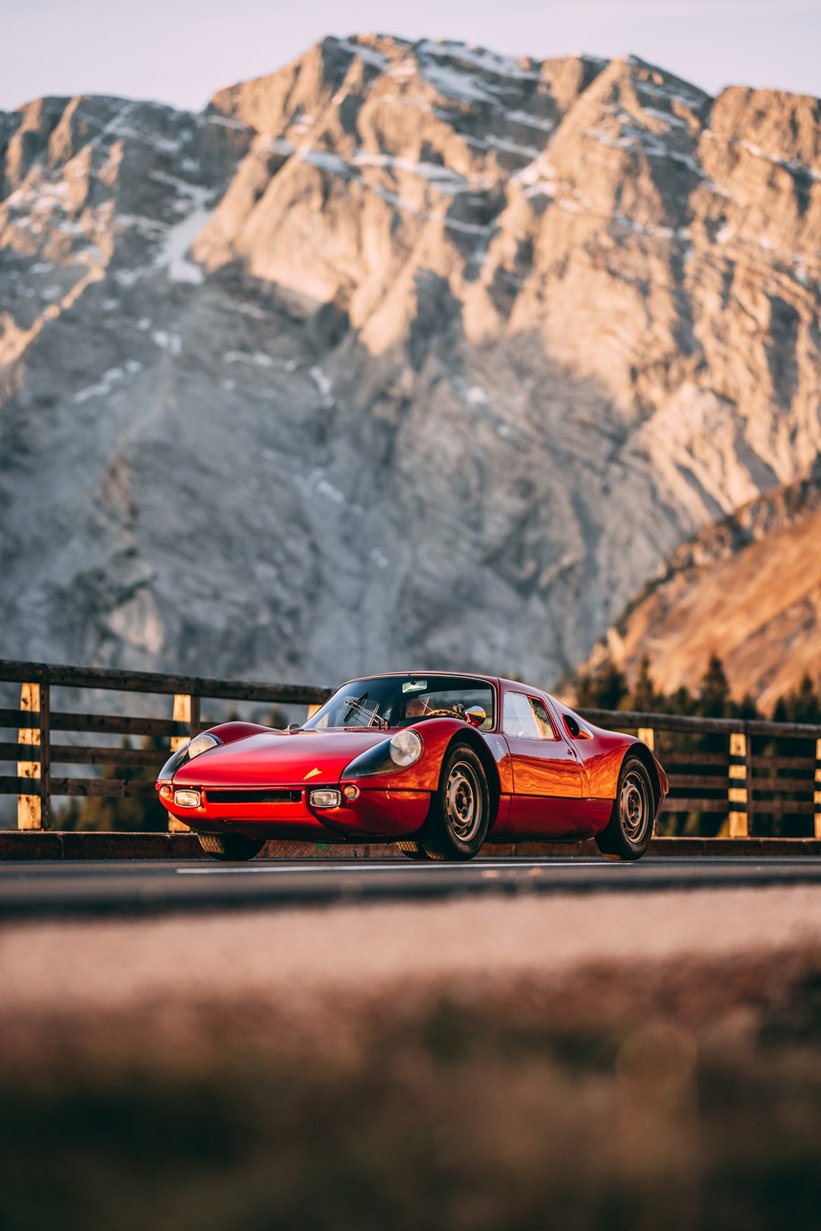
Mr. Wort had intended to keep the 904 forever, but eventually he was forced to sell the Porsche in 1982 so he could purchase his first home. The car’s new owner was a man by the name of Robert J. Smith, who was a pioneering Porsche collector. Mr. Smith sympathetically restored the 904, sending the engine back to Rennsport Werke for a tune up in 1988, before eventually selling the car at the end of the decade. In 2013, this 904 was sold through Gooding & Company’s Pebble Beach sale, when the car found a new home back in its natal Spain. This car’s last owner used the car sparingly yet consistently in historic events across Spain and Europe, ensuring that it was kept in driving condition.
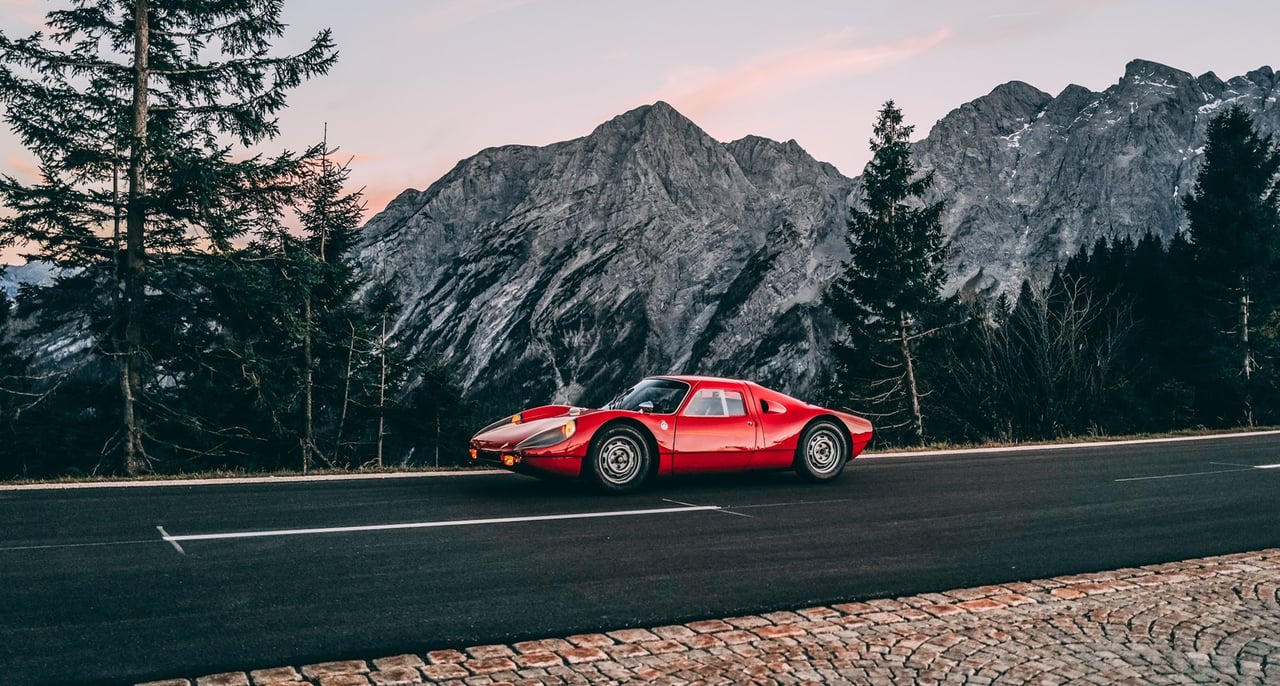
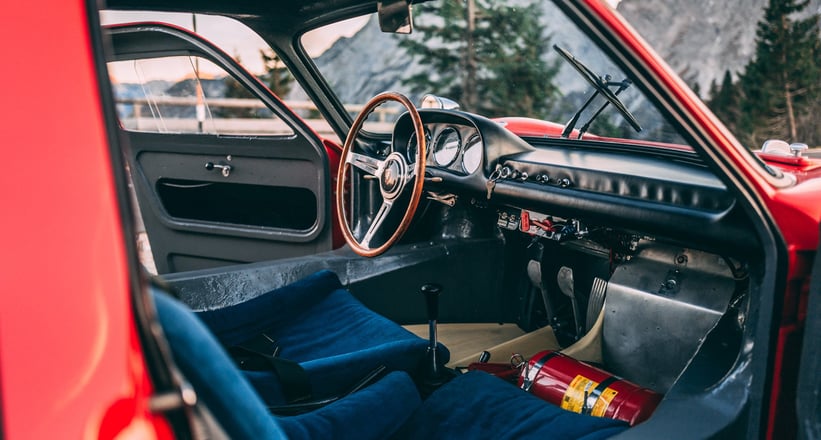
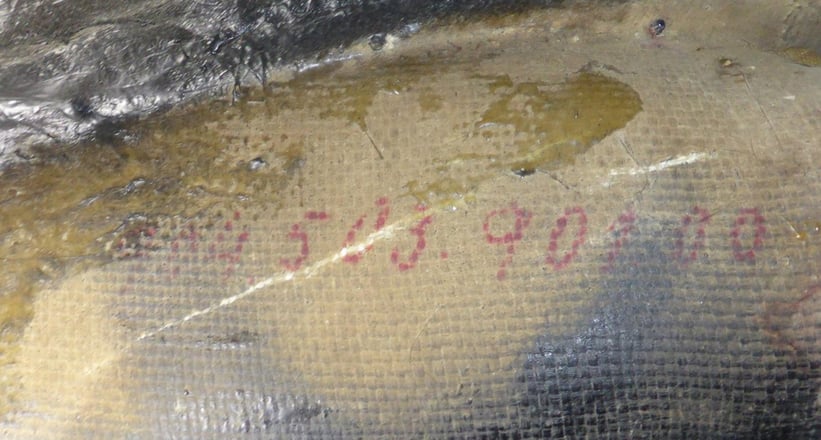
58 years after leaving Stuttgart, this 904 is believed to be one of the most original examples with racing pedigree in existence. Remarkably, it retains its matching numbers gearbox, original 110L fuel tank, original chassis and VIN-plate, original window trim, and most incredibly, its original bodywork. This is especially impressive considering the 904’s fibreglass construction and its extensive use in racing, so its originality today is largely thanks to Juan Fernández’s skilful driving.
Accompanied by an incredible amount of documentation and boasting an extensive and successful racing pedigree, this is surely any collector’s dream 904. So, if you want to add this fantastic example of Porsche’s first purpose-built racing prototype to your garage, please get in touch with Schaltkulisse.
Photos by Stephan Bauer


























